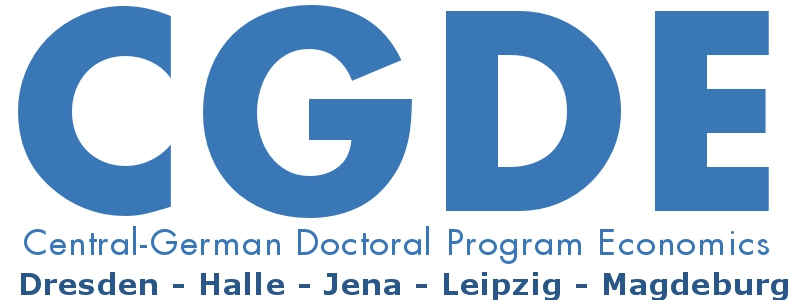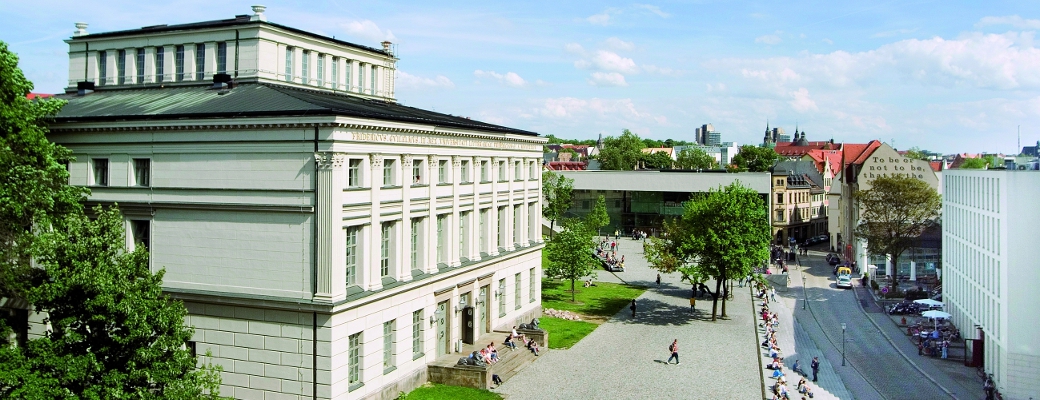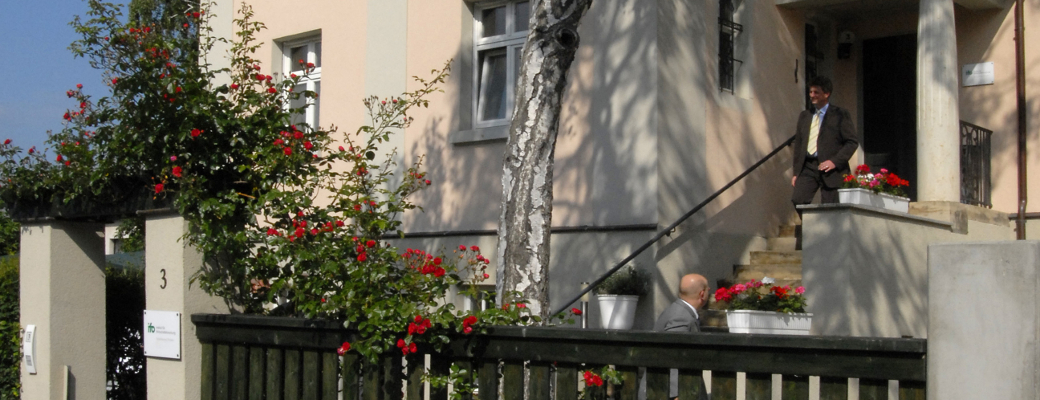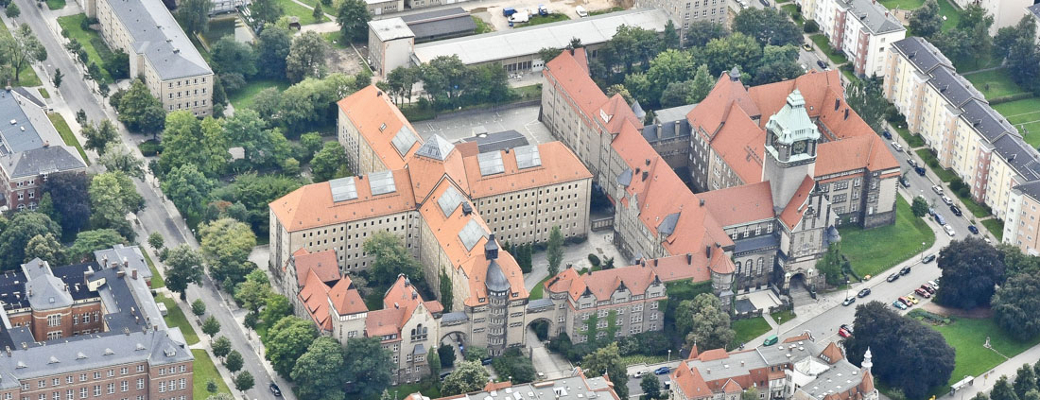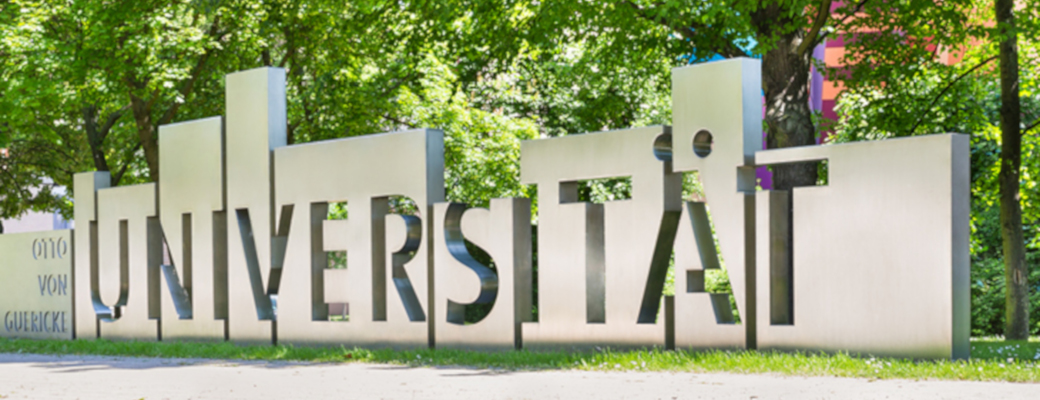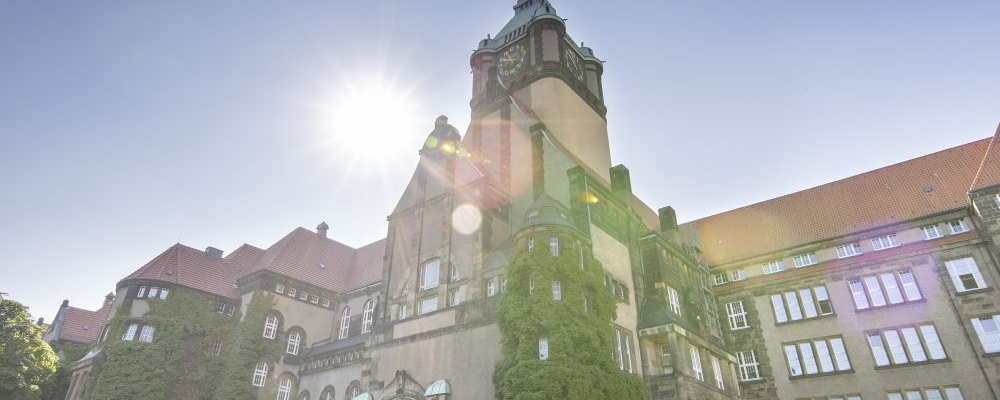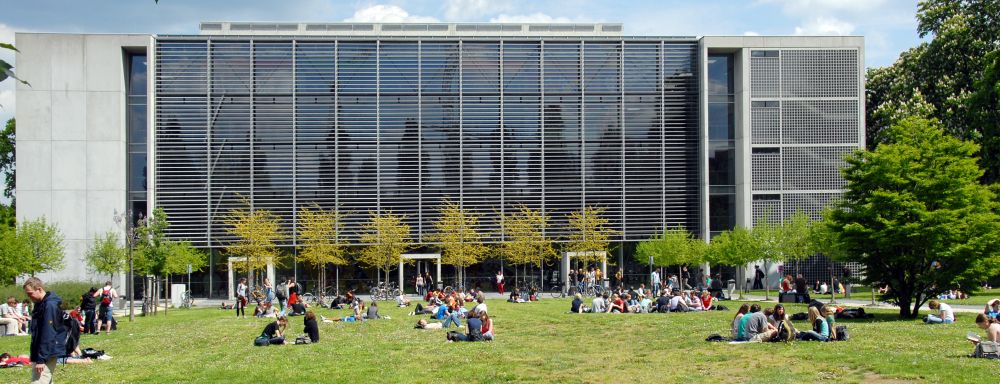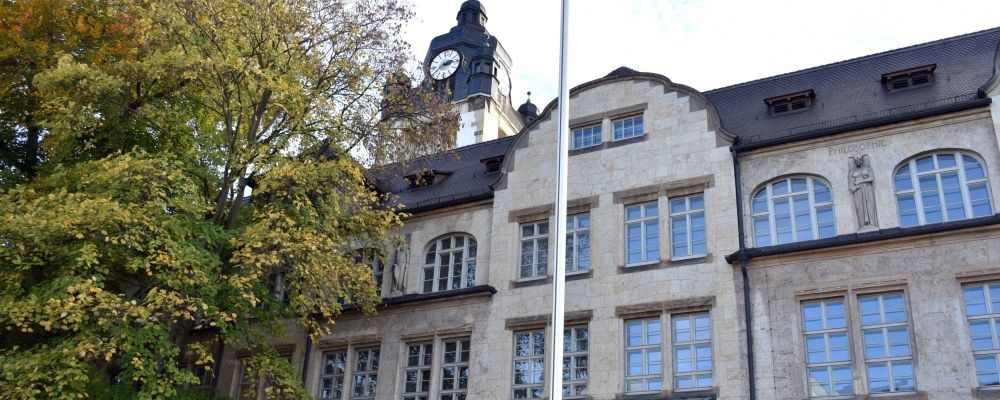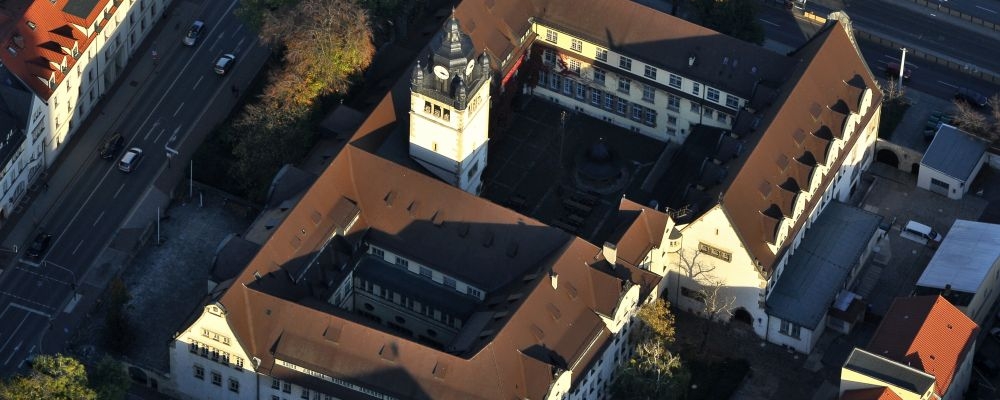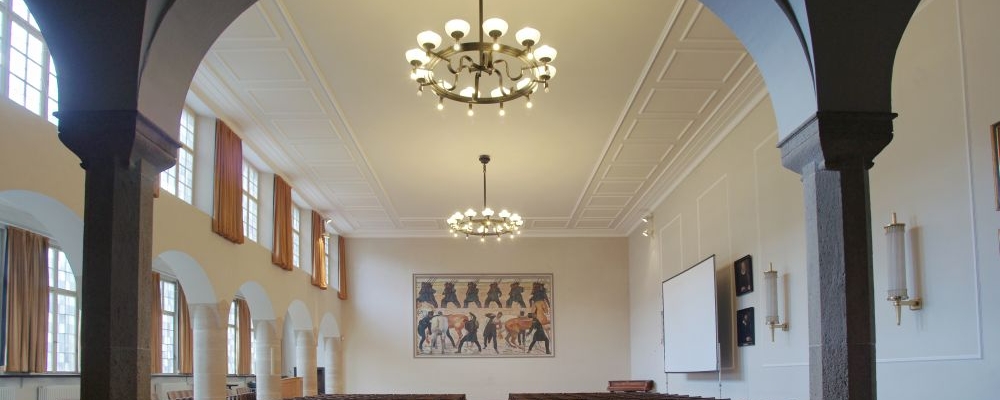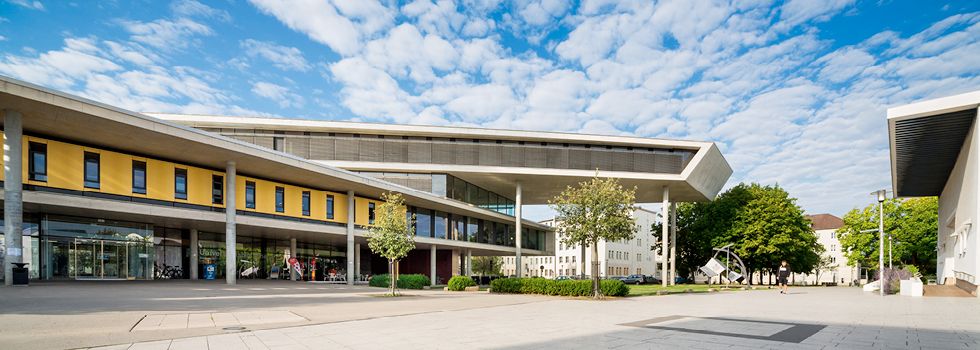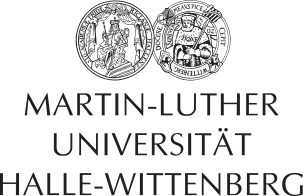Macroeconomics
Lecturer: several lecturers
Begin: 23.04.2021
Time: Fridays 10:30–12:00 and 13:00–14:30
Work load: 150 hours / 6 ECTS
Lecture: Bi-weekly, 14 x 90 minutes / online via Zoom
Exam: 6 of 7 Problem Sets successfully passed
Registration: until April 15, 2021 via email: annett.hartung@iwh-halle.de.
Announcement: pdf
Schedule
Professor Dr Lars Börner (additional literature)
23.04.21 and 07.05.21; 10:30-12:00 / 13:00-14:30
Professor Dr Thomas Steger
21.05.21 and 04.06.21; 10:30-12:00 / 13:00-14:30
18.06.21; 10:30-12:00
Professor Dr Oliver Holtemöller
18.06.21; 13:00-14:30
02.07.21 and 16.07.21; 10:30-12:00 / 13:00-14:30
Contents
I. Technology, Institutions and Growth
Professor Dr Lars Börner, Martin-Luther-University Halle-Wittenberg
1. Long Run Growth: Technology and Human Capital
2. Long Run Growth: Institutions
3. State Formation and Policy: Welfare State, Fiscal and Monetary Policy
II. Quantitative Growth Modelling
Professor Dr Thomas Steger, Leipzig University
1. Methods and Basic Models
2. Human Capital and Economic Growth
3. Endogenous Technological Change
4. Stochastic Growth
III. Dynamic Stochastic General Equilibrium Models of Fluctuations
Professor Dr Oliver Holtemöller, IWH and Martin-Luther-University Halle-Wittenberg
1. Model and Data Preparation
2. The Basic New-Keynesian Model
3. The Macroeconomic Implications of Financial Frictions
4. The Role of Monetary Policy
5. Fiscal Policy and Government Debt
Main Literature
Literature marked with an asterisk has to be studied beforehand.
I.1 Long Run Growth: Technology and Human Capital
t.b.a.
I.2 Long Run Growth: Institutions
t.b.a.
I.3 State Formation and Policy: Welfare State, Fiscal and Monetary Policy
t.b.a.
II.1 Methods and Basic Models
(*) Acemoglu, D. (2009): Introduction to Modern Economic Growth, Princeton University Press, Chapters 6-9.
II.2 Human Capital and Economic Growth
(*) Acemoglu, D. (2009): Introduction to Modern Economic Growth, Princeton University Press, Chapter 10.
II.3 Endogenous Technological Change
(*) Acemoglu, D. (2009): Introduction to Modern Economic Growth, Princeton University Press, Chapters 12-13.
II.4 Stochastic Growth
(*) Acemoglu, D. (2009): Introduction to Modern Economic Growth, Princeton University Press, Chapters 16-17.
III.1 Model and Data Preparation
(*) Alogoskoufis, G. (2019): Dynamic Macroeconomics, MIT Press, Chapter 12.
DeJong and Dave (2007): Structural Macroeconometrics, 2nd edition, Princeton Universtiy Press, Chapters 1-4, 6.
III.2 The Basic New-Keynesian Model
(*) Alogoskoufis, G. (2019): Dynamic Macroeconomics, MIT Press, Chapter 16.
Galí, J. (2015): Monetary Policy, Inflation, and the Business Cycle, 2nd edtion, Princeton University Press, Chapters 1-3.
Walsh, C.E. (2017): Monetary Theory and Policy, 4th edition, MIT Press, Chapter 8.
III.3 The Macroeconomic Implications of Financial Frictions
(*) Alogoskoufis, G. (2019): Dynamic Macroeconomics, MIT Press, Chapter 19.
Walsh, C.E. (2017): Monetary Theory and Policy, 4th edition, MIT Press, Chapter 10.
III.4 The Role of Monetary Policy
(*) Alogoskoufis, G. (2019): Dynamic Macroeconomics, MIT Press, Chapter 20.
Galí, J. (2015): Monetary Policy, Inflation, and the Business Cycle, 2nd edtion, Princeton University Press, Chapters 4-6.
Walsh, C.E. (2017): Monetary Theory and Policy, 4th edition, MIT Press, Chapter 8.
III.5 Fiscal Policy and Government Debt
(*) Alogoskoufis, G. (2019): Dynamic Macroeconomics, MIT Press, Chapter
21. Walsh, C.E. (2017): Monetary Theory and Policy, 4th edition, MIT Press, Chapter 4.
